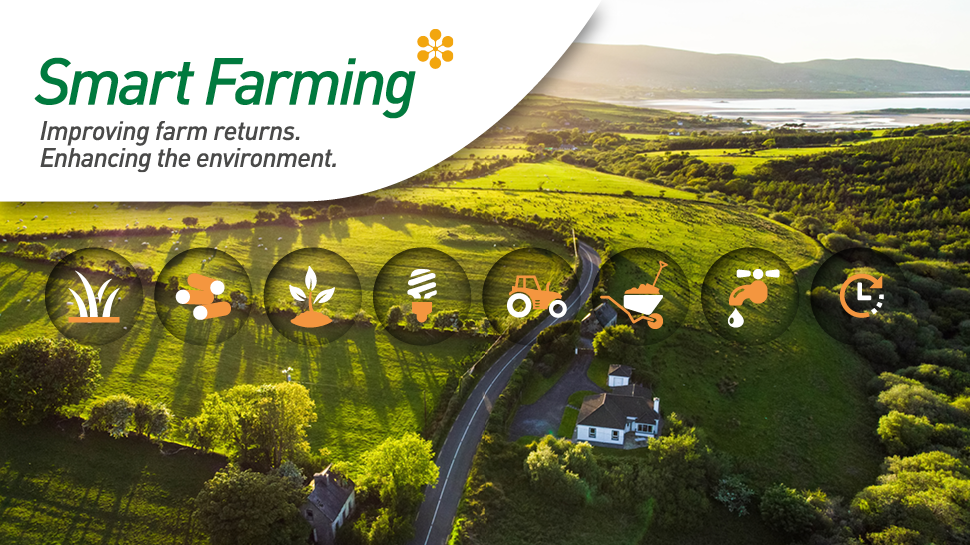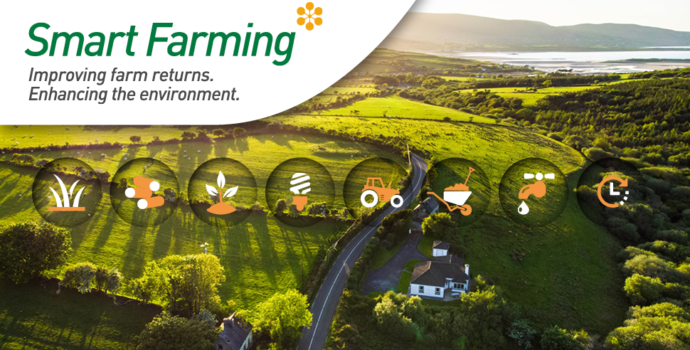Smart Farming: Slurry Management for 2023

A reduction in chemical N use is a key target in the new Climate Action Plan. Using slurry more effectively can help reduce chemical fertiliser use and save on fertiliser costs.
1. Slurry Testing
Knowing the quality of slurry can help make decisions on application. Different farm systems, water content and animal diets can cause huge variations in the N, P and K content of slurry.
Some tips on how to test slurry:
- After the winter, between January and February is the best time to test slurry.
- Slurry must be well agitated before taking the sample. Always take safety precautions when agitating slurry.
- Remove a load of slurry using the slurry tanker
- Take a slurry sample from the fill point of the slurry tanker.
- Place sample of slurry into a sealed container (0.5 – 2 Litres depending on lab).
- Keep the sample cool and post to the lab the day you take the sample.
- Several labs offer this service for between €60-€80.
2. Using a Hydrometer to Estimate Nutrient Content
An alternative to slurry testing is to use a hydrometer device to estimate the nutrient content of slurry based on the dry matter content. Hydrometers can be purchased for approximately €50 – €60.The slurry sample can be placed in a tall container and the hydrometer placed directly in the slurry sample to measure the density. This can then be used to estimate the nutrient content.
Using a hydrometer is less accurate than lab analysis but can be performed on the farm and results are immediate.
3. Spring Slurry Spreading Plan
Spreading slurry in spring means a higher recovery of N (by up to 50%), compared to spreading in summer.
Now is the time to plan for slurry spreading.
- Calculate the amount of slurry available.
- Assess the nutrient value in the slurry and adjust application rate accordingly.
- Prioritise silage ground.
- Target thicker (higher dry matter) slurry to silage fields.
- Aim to apply more watery slurry to fields for grazing.
Spring applications of slurry using LESS further increases N availability by 65% compared to summer applications.
Smart Farming is a voluntary resource efficiency programme, run by the Irish Farmers’ Association in partnership with the Environmental Protection Agency. For more information on the Smart Farming programme visit www.smartfarming.ie.


